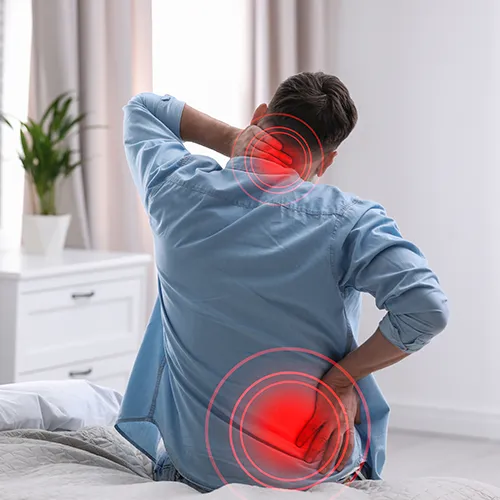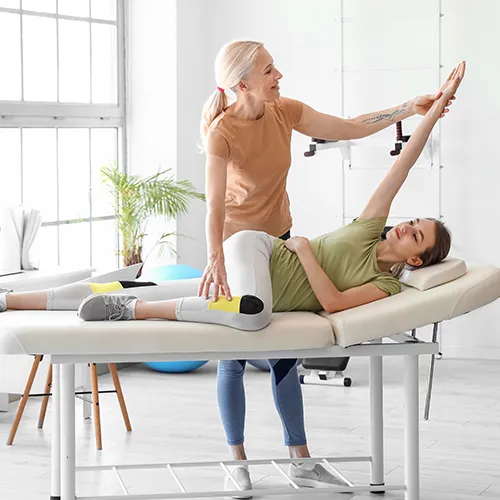Treatments, Chiropractic, Health Atlast Upper West LA, Therapeutic Massage
Reduce Neck and Back Pain with Proper Ergonomics
Neck and back pain are among the most common complaints for people leading modern lifestyles. Whether you’re working from a desk, scrolling on your phone, or commuting long hours, poor ergonomics may be to blame for your discomfort. We know that improving your daily habits and posture can make a significant difference in reducing pain and preventing long-term damage. Let’s look at how proper ergonomics can help you protect your spine and live pain-free.
The Connection Between Ergonomics and Pain
Ergonomics focuses on creating environments that support your body’s natural movements to minimize strain. Poor ergonomics, such as slouching at a desk or hunching over a screen, can lead to chronic neck and back pain, muscle tension, pinched nerves, and long-term conditions like herniated discs or sciatica. Prioritizing ergonomic improvements reduces these issues and promotes better overall health.
Signs Your Ergonomics Need Improvement
Common signs of poor ergonomics include stiffness or soreness after sitting for long periods, frequent posture adjustments, tingling or numbness in the hands, and feeling strained or awkward while working or relaxing. Recognizing these symptoms is the first step toward making meaningful changes.
Practical Ergonomic Tips to Reduce Pain
- Workspace Adjustments: Position your monitor at eye level and use a chair with lumbar support to keep your spine aligned. Keep your elbows bent at 90 degrees while typing, and rest your feet flat on the floor or a footrest to maintain stability.
- Proper Sitting Posture: Fully support your back, avoid crossing your legs, and relax your shoulders. Leaning forward or slouching adds unnecessary pressure on your spine, so aim to stay upright.
- Movement Breaks: Stand up and stretch every 30–60 minutes to relieve stiffness and boost circulation. Simple stretches, like neck rolls or back extensions, can help release tension.
- Supportive Accessories: Use lumbar support pillows for your lower back, standing desk converters to alternate between sitting and standing, and wrist supports to reduce strain while typing.
Chiropractic Care: A Long-Term Solution
Even with proper ergonomics, years of poor posture may cause misalignments in the spine. Chiropractic care addresses these issues through spinal adjustments, relieving nerve and muscle pressure. Techniques such as postural correction and therapeutic massage help release tension and restore balance, complementing ergonomic improvements for long-term relief.
Incorporating Ergonomics into Daily Life
At home, use a supportive chair and avoid lying on the couch for extended periods with a phone or laptop. At work, advocate for ergonomic upgrades, such as adjustable chairs or standing desks. While traveling, use a padded backpack worn on both shoulders to distribute weight evenly and adjust your car seat to support your back properly.
Focusing on ergonomics and integrating chiropractic care into your routine can reduce strain, prevent future discomfort, and enhance your overall well-being.
Proper ergonomics can transform the way your body feels and functions, but it’s not always easy to implement these changes on your own. With the help of chiropractic care you can reduce neck and back pain, improve posture, and protect your spine for years to come. Don’t let poor ergonomics hold you back—start making small adjustments today for a healthier, more comfortable tomorrow.












